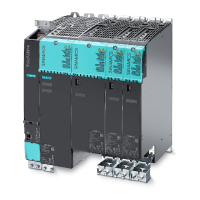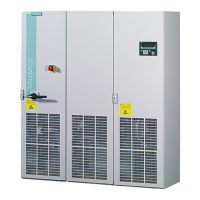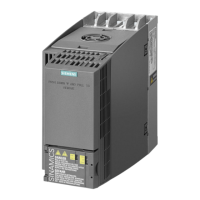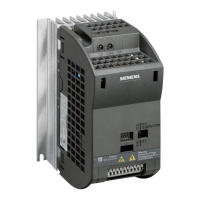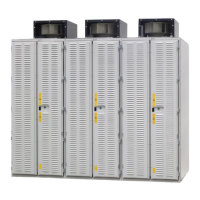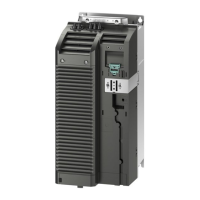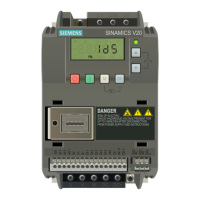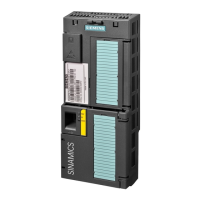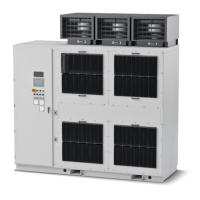Configuration
3.3 Configuring the hydraulics
Hydraulic Drive
System Manual, 04/2015, 6SL3097-4BA00-0BP1
49
Classic servo valves with fluid converters as initial stages are extremely sensitive to
pollution. However, even the control edges of modern servo solenoid valves require filtration.
To ensure general operational reliability, but more importantly, to protect the control edges
against premature erosion and to maintain the quality of zero overlap, the oil pollution must
be limited in compliance with Class 7 to 9 according to NAS 1638.
This is achieved by using for instance full flow filters, which must be located in the pressure
line directly upstream of the servo solenoid valve.
Commissioning is the most critical phase, as pollution frequently results in failures. For this
reason, it is advisable to purge the system before the servo solenoid valves are fitted.
Since considerable power losses occur when the flow is throttled using the control edges on
the valve, which cannot be compensated for solely through heat radiated from the oil
reservoir, additional oil/air or oil/water heat exchangers must be provided in most cases.
Variable displacement pump with pressure
Filters in the return line
Pressure-relief valve (protection)
Accumulator with safety circuit
Filters in the pressure line
Figure 3-6 Overview of a typical hydraulic power unit
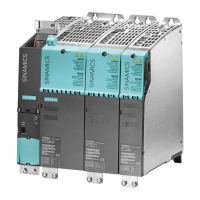
